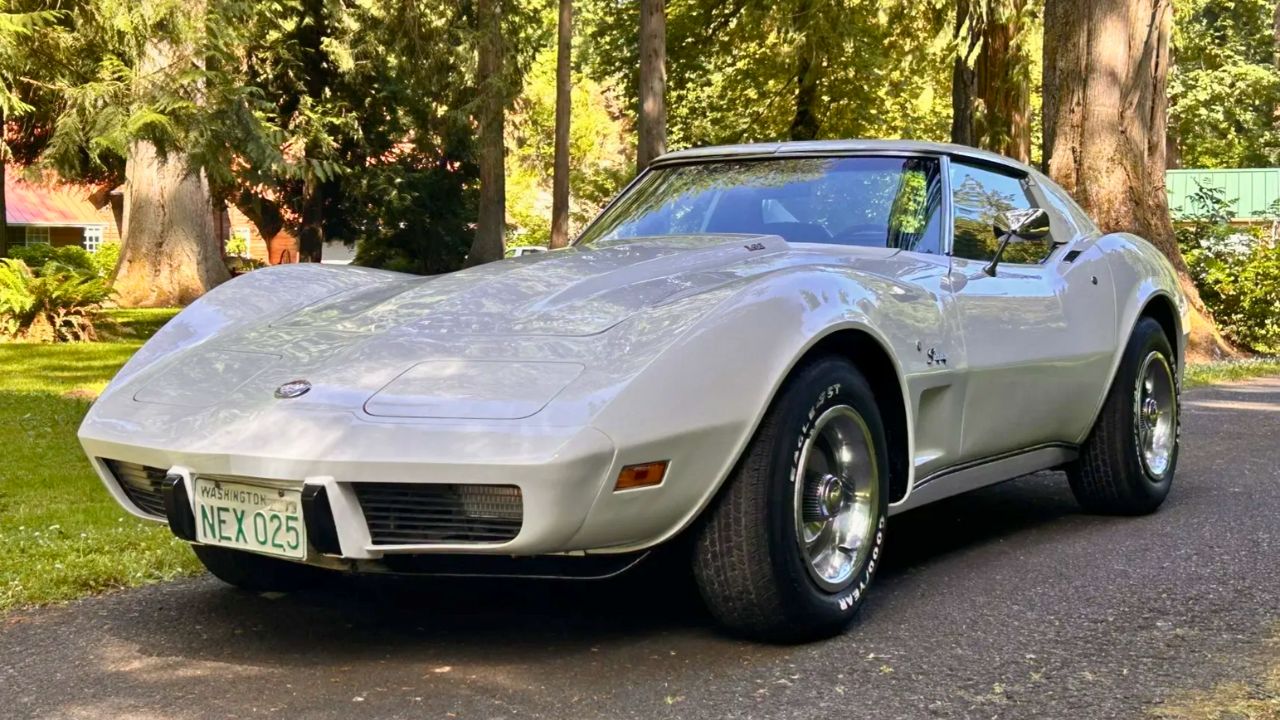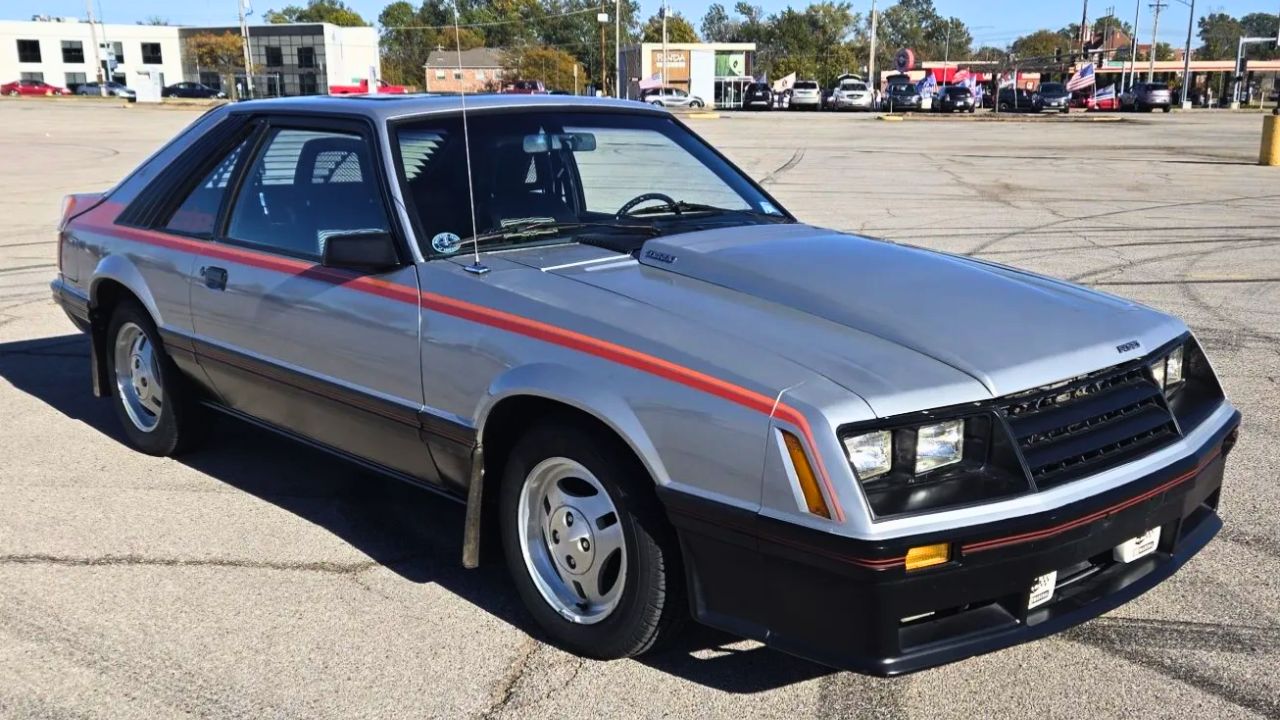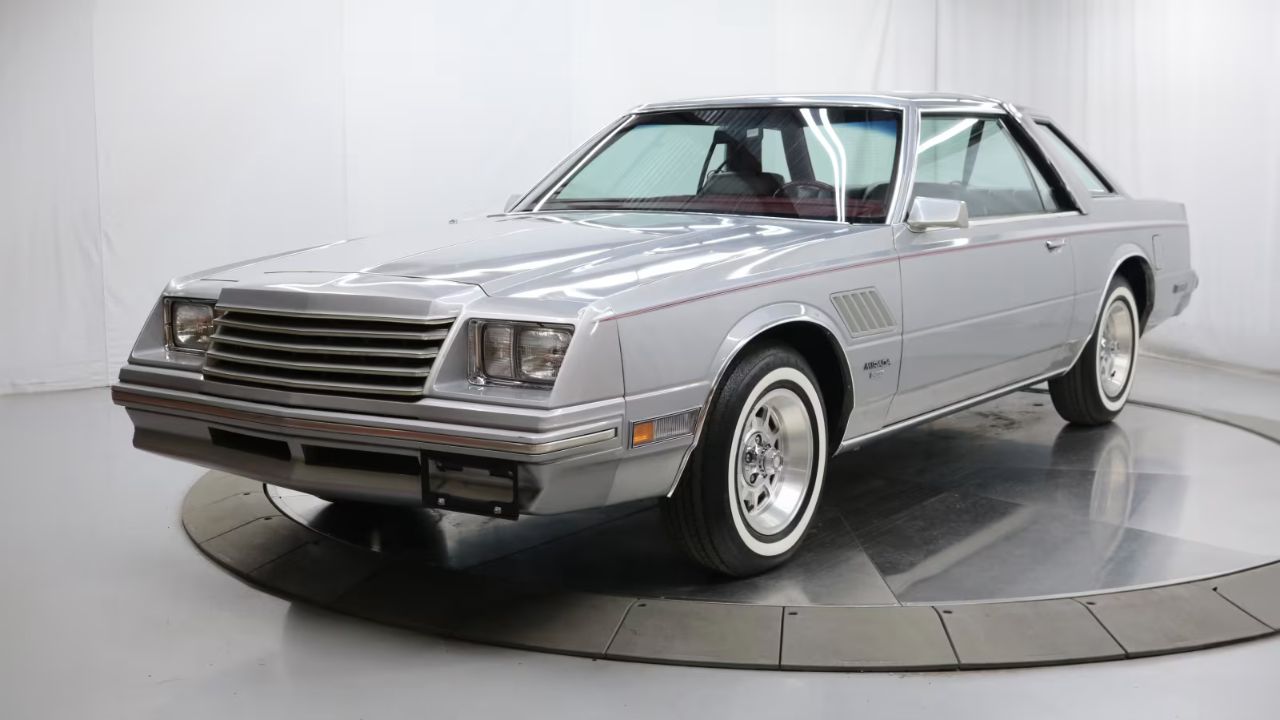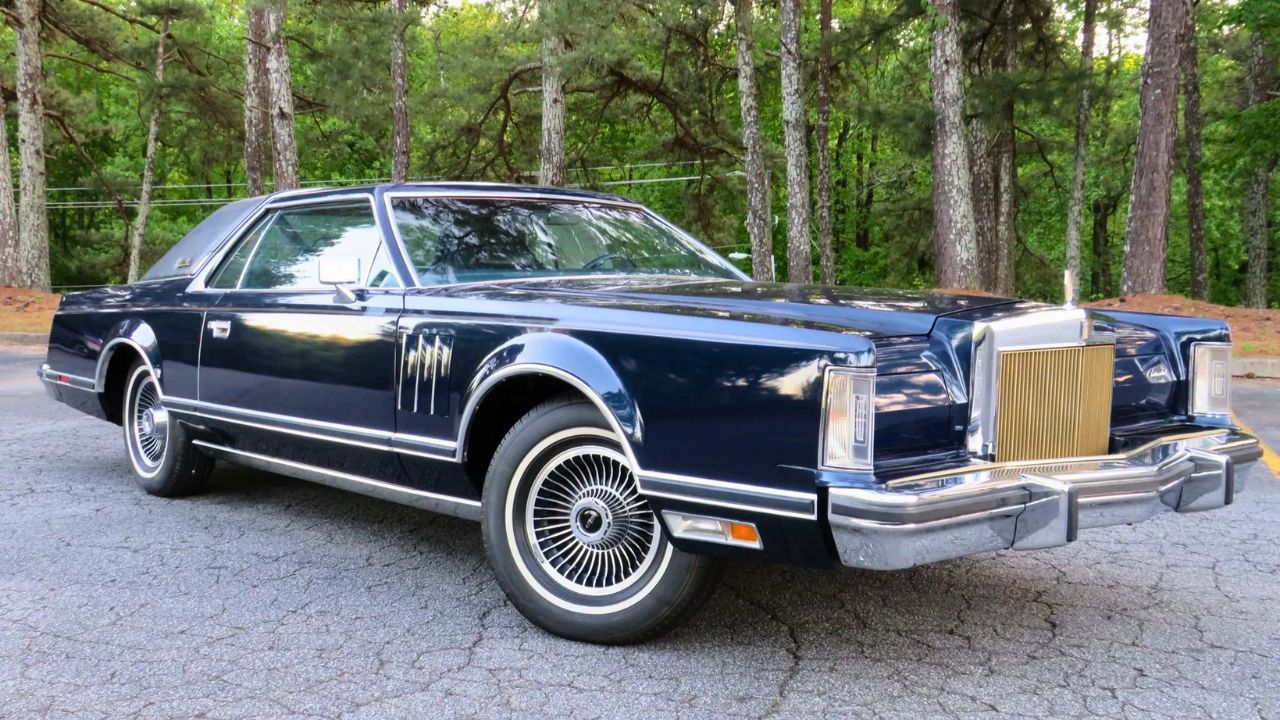Not every classic car deserves a comeback tour. Some looked the part but fell flat where it counted—on the road, in the garage, or at the dealer lot. Whether it was overpromised horsepower, clunky engineering, or a reputation that aged poorly, these cars didn’t live up to the hype. This list isn’t about nitpicking quirks—it’s about the ones that just missed the mark altogether. Let’s take a closer look at 10 classic cars that still turn heads for the wrong reasons.
1975 Chevrolet Corvette (Base L48)

By 1975, the once-proud Corvette had lost its edge. The base L48 engine offered just 165 horsepower—embarrassing by muscle car standards. Even the optional L82 barely cleared 205 hp. Choked by emissions equipment and burdened with a growing curb weight, the ’75 model looked fast but drove like it was dragging an anchor.
Chevy sold over 38,000 units that year, but mostly due to the car’s reputation, not performance. The sleek fiberglass body hid a defanged drivetrain that couldn’t deliver. It marked the end of the road for performance in the C3 era, at least for a while.
1980 Ford Mustang Cobra

Ford’s Cobra badge once meant something. But in 1980, it was just cosmetic. This version of the Mustang came with a 2.3-liter turbocharged inline-four or a 4.2-liter V8 making 118 horsepower. Neither could outrun the car’s own reputation. Despite the aggressive decals and hood scoop, it struggled to break 17 seconds in the quarter-mile.
The Cobra name sold about 5,000 units, but most buyers were left underwhelmed. It looked like it could take on Camaros and Firebirds, but it didn’t have the muscle to back it up. The nameplate deserved better—and eventually got it, but not here.
1976 Cadillac Seville

The Seville was Cadillac’s attempt to chase European luxury sedans, but it missed the mark with both audiences. Under the hood was a 5.7-liter V8 that made 180 horsepower—not much for a car that weighed over 4,000 pounds. Performance was soft, and its handling didn’t live up to the tighter, sportier looks.
Despite that, sales topped 43,000 in its first year. Cadillac fans appreciated the size reduction, but those hoping for a true Euro rival were disappointed. It wasn’t a disaster, but it also didn’t deliver on the premium performance image it tried to project.
1982 Chevrolet Camaro Iron Duke

Chevy took a gamble putting the 2.5-liter Iron Duke inline-four in the new third-gen Camaro. That gamble didn’t pay off. With just 90 horsepower and a zero-to-sixty time hovering near 20 seconds, the car was a visual contradiction: aggressive styling, economy car performance.
It was meant to appeal to buyers looking for MPG over MPH, but it did neither especially well. Even die-hard Camaro fans had a hard time defending this version. It’s one of those rare muscle cars that lost a drag race to a lawnmower in the eyes of collectors.
1971 AMC Matador Machine

AMC tried to cash in on the muscle car craze with the Matador Machine, but it showed up late and underpowered. While the name was aggressive, the performance didn’t match. Most were equipped with the 304 or 360 V8—not terrible, but not enough to stand out in a crowded field.
Fewer than 1,000 were built, and it faded quickly into obscurity. AMC had the right idea, but the execution was off. Styling was awkward, and the performance was nothing to brag about. It’s a car most people forget—and for good reason.
1974 Pontiac GTO

The GTO had already peaked by the time 1974 rolled around. That year, Pontiac slapped the GTO badge on the Ventura body, and longtime fans weren’t impressed. The 350-cubic-inch V8 made 200 horsepower—modest, even for the time—and the car looked more like a Nova than a muscle car.
Only about 7,000 units were sold, making it one of the lowest-production GTOs ever. It wasn’t just a change in direction—it felt like a betrayal of everything the GTO stood for. This one’s more of a cautionary tale than a collector’s prize.
1980 Dodge Mirada CMX

The Mirada CMX was Dodge’s upscale personal coupe with muscle car flair. It had the right proportions and came with a 360 V8 option—but thanks to emissions restrictions, that engine only made 185 horsepower. Worse yet, it was paired with a 3-speed automatic and tall gearing.
Performance was soft, and build quality was spotty. Dodge only sold around 5,000 CMX models, and most disappeared quickly. It looked like a contender but had the heart of a rental. Today, it’s more of a punchline than a prized classic.
1979 Lincoln Continental Mark V Collector’s Series

The Mark V Collector’s Series was all about size and luxury—at the expense of everything else. It weighed over 5,000 pounds and was powered by a 400-cubic-inch V8 making just 159 horsepower. Performance? Think barge, not bullet.
Only about 6,000 Collector’s Series were made, mostly for buyers wanting the ultimate in ’70s excess. It came with a plush interior and lots of vinyl, but zero driving excitement. It’s remembered more for its size and styling than anything it could do on the road.
1973 Oldsmobile Hurst/Olds

The ’73 Hurst/Olds had a lot of visual flair—gold accents, hood scoops, and badges—but under the surface, it was mostly theater. The standard 455 V8 made 250 net horsepower, down from earlier years. Thanks to weight gain and a cushy suspension, it didn’t handle like a muscle car either.
Around 1,097 were built, making it rare but not especially valuable. It had presence, sure, but little performance to back it up. The Hurst/Olds name deserved more bite, especially during a time when muscle cars were fighting to stay relevant.
1970 Mercury Cyclone Spoiler

This car had one of the coolest names of the era, but it didn’t deliver the goods. The Cyclone Spoiler came with a 429 Cobra Jet, but the bulky design and poor weight distribution made it awkward to handle. Even with up to 375 horsepower, it couldn’t compete with leaner rivals.
Mercury sold just over 1,600 Cyclone Spoilers that year. It was a car with real muscle but not enough finesse to go with it. For a vehicle with so much promise, it just didn’t earn the kind of legacy its name implied.
Like Fast Lane Only’s content? Be sure to follow us.
Here’s more from us:







Leave a Reply